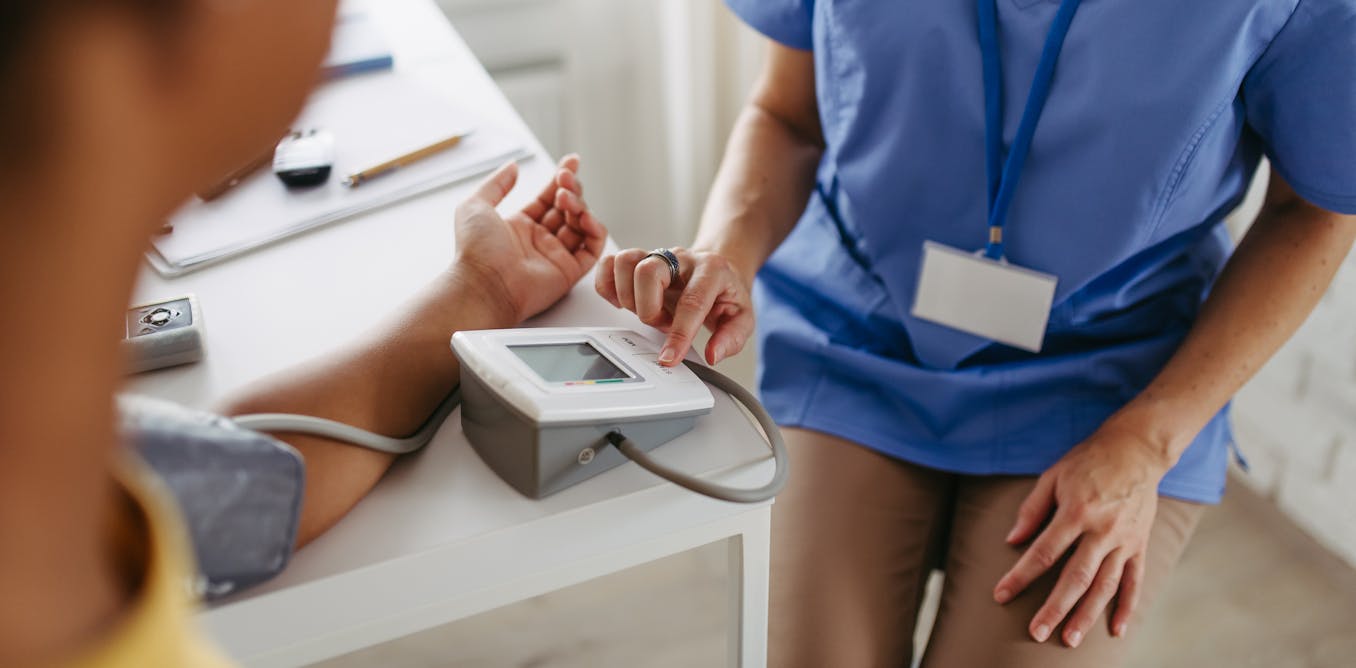HEALTH chiefs have issued new mpox guidance for schools, as new data shows 50% of cases are in children.
They have warned about potential instances of a deadlier and more infectious strain of the virus – called clade 1b – which spread throughout the UK in 2022.
3

3

3
The strain is presently rampaging through Africa but has been detected in Europe, with a case in Sweden last month, and some experts fearing it has already reached Britain.
The latest data from the African Centers for Disease Control shows children are being struck most – with 58% of cases since January among under 15s.
The World Health Organisation calling the spread a “public health emergency”.
While planning is underway in the UK to prepare for any cases, superintendent pharmacist at Chemist Click, Abbas Kanani, has shared with The Sun the symptoms of mpox to look out for.
Mpox symptoms
UKHSA guidance states education and childcare providers should contact them regarding any mpox cases, even among family of staff or children.
Those found to be infected must be excluded until given the all clear by a doctor, it adds.
Figures show a small amount of cases have been confirmed in the UK since 2022 – and that was the weaker clade 2 strain.
The document says: “There have not been any cases of the type of mpox that may be more serious (called clade 1 mpox) in the UK,’ it reads.
“So far this type of mpox has mainly been found in countries across west, central and east Africa.”
While it doesn’t spread easily through people, it can be transmitted by direct skin-to-skin contact, as well as from touching an infected person’s clothing or bedding.
Being near a sufferer when they cough or sneeze can also lead to transmission.
Experts told MailOnline it can take weeks for symptoms to surface, meaning the virus could already be here.
However, the UKHSA says chances of catching mpox in Britain are low and patients usually recover in a matter of weeks.
But children under five are among the groups that can be affected most severely.
Kanani said: “Around one to five days after the first symptoms, a rash on the face usually appears.
“Its appearance of raised spots and small blisters filled with fluid can be mistaken for chickenpox and tends to spread to other parts of the body including genitals, anus and mouth.
“Anal bleeding and pain may also be experienced.”
The most common symptom, according to Kanani, is typically the skin rash which can last two to four weeks.
He said for some people the first symptom may be a rash, while others may have different symptoms first.
But one symptom commonly missed, Kanani warned, is swollen glands or lymph nodes.
He explained: “Swollen glands or lymph nodes can be commonly mistaken for other causes and are not always obvious, particularly if there is mild swelling or it is deep in the body.
“Also, this symptom can be missed because the rash tends to be the most prominent symptom of mpox.”
Where has monkeypox spread?
Monkeypox has been detected in the following countries this year, according to data from the Africa Centres for Disease Control and Prevention, WHO, and the governments in Kenya, Mozambique, Uganda, and the Ivory Coast
Clade 1 and Clade 1a strains:
- Central African Republic – 213 cases
- Democratic Republic of the Congo – 13,791 cases, 450 deaths
Clade 2 strain:
- Cameroon – 35 cases, two deaths
- Ivory Coast – 28 cases, one death
- South Africa – 22 cases, three deaths




